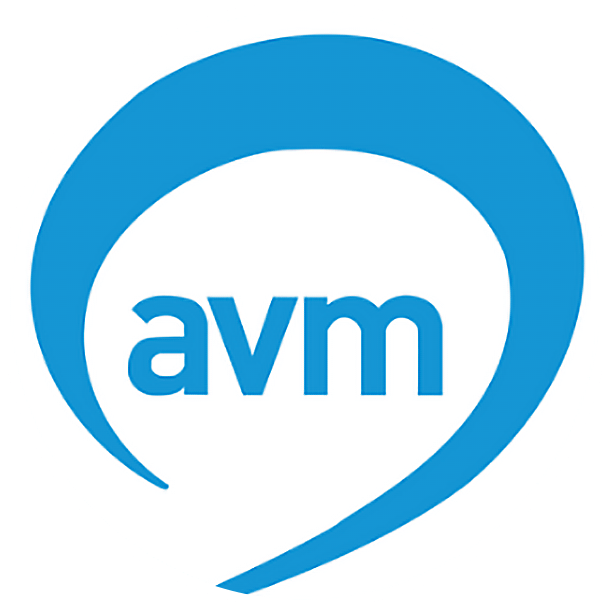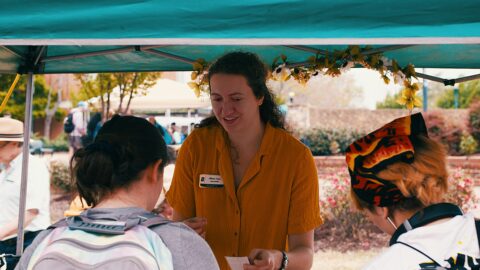By Laura Hamilton, Laura Hamilton Consulting, and Gareth Williams, LGBT Foundation
We were super-excited to be attending AVM’s first learning and development event in Manchester and it was great to see a room packed with volunteer managers from a mix of organisations. Conversations seemed to be flowing right from the start, which we’ll put down to the double whammy of northern friendliness and being in such a beautiful venue.
What prompted us to attend this event? To learn from others’ experience of measuring volunteer wellbeing and to network and make links with volunteer managers from the North. Gareth is fairly new to volunteer management, so he was really keen to get to know others working in the field.
The event was packed with content; much more than we could possibly cover in this blog. So, rather than give a blow by blow account of the day, we’ve decided to focus on the top 5 things we learned:
1. Look at the whole person
The event kicked off with a fantastic presentation from Emma Horridge and Lee Ashworth; sharing the learning from the “Inspiring Futures: volunteering for wellbeing” (IF) programme. The programme ran across 10 heritage venues in Greater Manchester and was specifically designed to “support participants into volunteering and away from social and economic isolation”. We were so impressed by this programme and the positive outcomes and progression routes for volunteers.
We particularly liked the fact that the programme recognised the individual nature of progression and their evaluation aimed to look holistically at a person’s life, rather than just focussing on one area of impact. Interestingly, they gathered information from family members and health practitioners, as well as from the volunteers themselves. You can read and hear some of the volunteer stories from the IF programme here and learn more about their evaluation here.
2. Time and resources matter
Whether it’s taking the time to think through your approach to measuring wellbeing, customising monitoring tools for your own programme, or securing funding to support evaluation, you’re going to need to commit some sort of resource to measuring wellbeing. Both the IF and Kirklees Museum programmes had involved specialist organisations in the design and delivery their monitoring and evaluation around wellbeing.
Investing time and energy in measuring wellbeing does, however, help you create a powerful case for resourcing volunteering. Using a Social Return on Investment model, the IF programme was able to demonstrate that for every £1 invested in the programme, £3.50 of social and economic value was generated. Kirklees Museum used evidence of the health and wellbeing impacts of volunteering to raise their profile with their Local Authority and build links with both public health and social prescribing. The event gave us a clear understanding of how evidencing health and wellbeing impacts helps make the case for funding and resources for volunteering.
3. It can be simple or complex
Using a Social Return on Investment model to measure wellbeing seemed like it had been a pretty complex and resource intensive process. We were also struck by the amount of funding that had clearly been secured to support the evaluation process for the IF project and wondered whether it would be feasible to engage in this type of monitoring and evaluation with less resource available.
Kirklees took a different approach to SROI; using NEF’s “5 ways to wellbeing” as the basis for their evaluation and then undertaking semi-structured interviews with volunteers. This seemed to yield insights into the personal impact of volunteering on wellbeing and, interestingly, they found that direct health benefits were more apparent in longer term volunteers.
For those on a tight budget, there are lots of free resources available:
- The What Works Wellbeing Centre has loads of resources around wellbeing, including a customisable questionnaire builder.
- The IF programme website includes a whole section on good practice where they share the learning from their work.
4. Partnerships support progression

We were both inspired by how the IF programme had developed extensive partnerships and how these seemed to support volunteers to develop a wide range of skills and opened the door to new opportunities and progression routes. It was a helpful reminder that we can achieve great things when we work collaboratively and that creating pathways between different organisations and opportunities can be really beneficial.
5. There can be ethical issues
There was some discussion around whether volunteers find questions around wellbeing overly intrusive and whether certain questionnaires and approaches might not be suitable. It highlighted the importance of having a well thought out approach, being clear about why you are gathering information, how it will be used and stored, and being able to communicate this clearly and sensitively to volunteers and ask for their consent. It is also worth thinking through how you might signpost volunteers to other services if the questions you are asking around wellbeing bring up issues around mental health or other aspects of personal wellbeing.
Our final thoughts…
It was great to meet so many people with a passion and appreciation for volunteering and volunteers. The event helped us to build some really good links and opportunities for future partnership work. It was also great to hear the perspectives and voices of volunteers, both in the presentations and during the interactive session at the end of the day.
We also valued the fact that the event included a focus on diversity and a reminder that there is still work to be done in terms of making volunteering (and all the associated health and wellbeing benefits!) accessible to all. Since the event, we’ve been reflecting on how to make volunteering opportunities more inclusive and how to reach out to new groups and demographics.
We look forward to the next AVM event up north next year and to being part of big, strong and diverse network of volunteer managers in the North West!




